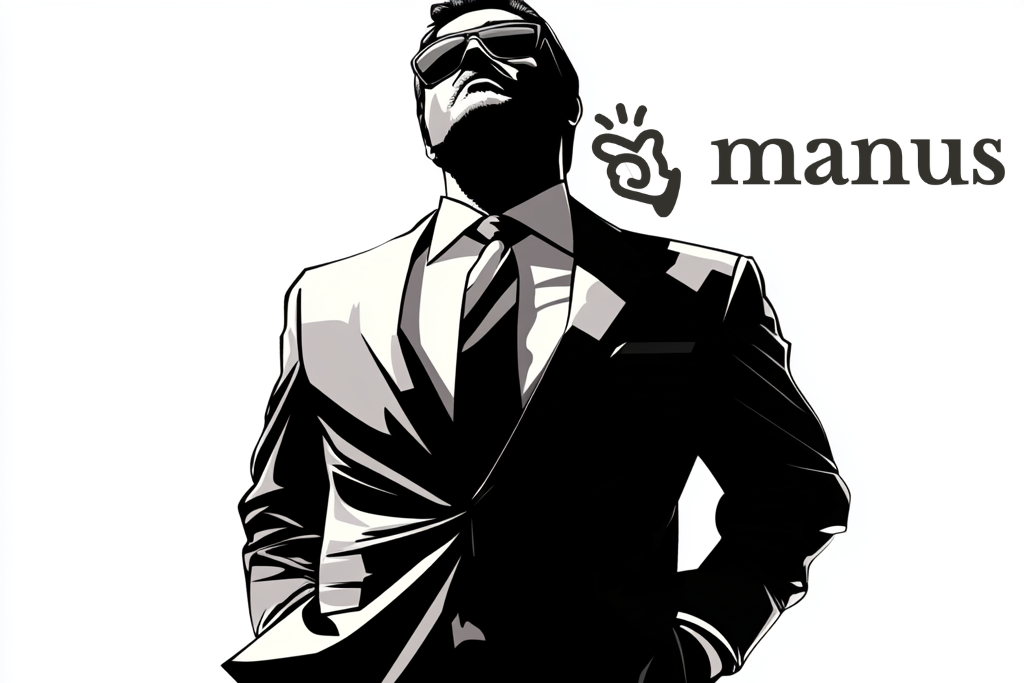The ride-hailing industry is a battlefield, with players vying for dominance in a space that’s as promising as it is challenging. Amid this, Shoffr, a Bengaluru-based electric taxi service, is carving its niche with a deliberate, thoughtful strategy. Launched in 2022 by Vikas Bardia, Shoffr operates 150 BYD e6 electric vehicles across Bengaluru and Delhi, focusing on airport transfers, outstation trips, and city rentals. Unlike many startups chasing rapid growth, Shoffr’s mantra is sustainability—prioritizing operational efficiency and unit economics over hasty expansion.
Bardia’s journey with Shoffr began serendipitously during a test drive of the Nexon EV with a friend. The experience highlighted the potential of electric vehicles (EVs) for commercial use, given their low running costs. However, the high upfront cost didn’t make sense for low usage, sparking an idea: why weren’t more commercial operators leveraging EVs? This question led to Shoffr’s inception, starting with just two cars and scaling to 150 through bootstrapping and a $1 million raise from users and angel investors.
Shoffr’s approach as a second mover in the EV ride-hailing space gives it a unique edge. Observing the struggles of early players like BluSmart, which paused operations despite a 7,000-vehicle fleet, Shoffr focuses on high asset utilization—boasting over 75%—and avoids the pitfalls of over-expansion. “The math has to add up,” Bardia emphasizes, ensuring each car generates more revenue than its cost. This disciplined focus extends to their choice of BYD vehicles, selected for their range and reliability, despite limited options for commercial EVs in 2022.
Operationally, Shoffr partners with charging infrastructure providers like Jio-bp and Shell, sidestepping the need to build its own hubs. While airport transfers remain their strongest segment—tapping into Bengaluru’s ₹1,500–2,000 crore market—outstation trips hold broader potential. However, Shoffr isn’t rushing into on-demand services, which require a massive fleet to be effective, nor is it setting up airport booths just yet. Expansion to new cities is on the horizon, but only after solidifying operations in existing markets.
Bardia’s funding strategy also reflects this measured approach. Bootstrapping allowed Shoffr to reach a self-sustaining 75 cars before raising funds, ensuring conviction in the model. The $1 million round from users underscores confidence in the product, a testament to Shoffr’s customer-centric ethos. While VC funding is a consideration, Bardia prioritizes alignment with investors who share Shoffr’s long-term vision.
The competitive landscape, marked by players like Everest, Snap-E, and Carzonrent, remains dynamic. Shoffr isn’t creating a new market but capturing a share of an established one, with demand surging after BluSmart’s exit. Looking ahead, Shoffr aims to deepen its presence in Bengaluru and Delhi, focusing on quality scaling, team-building, and product enhancement. In a market that rewards the bold, Shoffr proves that slow and steady can indeed win the race.









Discussion